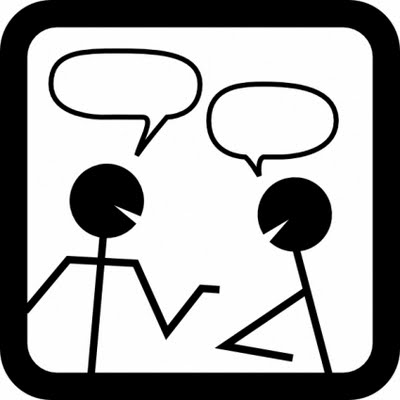I had the privilege again this summer of serving as an Executive Visitor at the Iacocca Institute’s Global Village for Future Leaders of Business & Industry at Lehigh University. And my topic was (drum roll … ): internal marketing – the importance of taking care of employees so they can take care of customers. Specifically:
- Why organizations need to be employee-focused and customer-focused
- What managers need to do to gain employee commitment to organizational goals
- How managers can strengthen employee-customer relationships.
It’s a delight to share internal marketing with such an energetic & enthusiastic group. Regardless of where the Global Village interns were from (including Sweden, Austria, Singapore, Canada, South Africa, Puerto Rico, Israel, Korea, Mexico, Russia, Hong Kong, and the U.S., to name a few of their home countries), they quickly grasped the concept of internal marketing. In each session, someone asked the ultimate question: “If internal marketing is so basic, why don’t more companies do it?”
A simple question with no easy answer
The best explanation I could come up with, given our limited time together, was to remind them that internal marketing is really an issue of leadership & values … evident in organizations who truly care about both their customers AND the employees who take care of them.
Yes, unfortunately, there are companies out there who only give “lip service” to valuing their employees (as mentioned in numerous posts throughout my blog). And there are managers who feel they don’t need internal marketing – the ones who presume “I wouldn’t be where I am today if I wasn’t doing something right!” (Hmm, I wonder what their staff and customer turnover is like?)
What I learned the hard way
So I shared what I learned a long time ago in my business. The companies who need me the most are not the ones who hire me because they’re clueless when it comes to internal marketing. While the challenge they present might entice some consultants, I no longer waste the time & energy to sell them on the concept when they just don’t get it.
I’d rather focus my time on helping my clients – those who recognize internal marketing’s value and are committed to doing something about it, as well as those already doing internal marketing who want to do it even better. In other words, I don’t have to sell them on internal marketing because they already get it. It’s why I love working with them.






